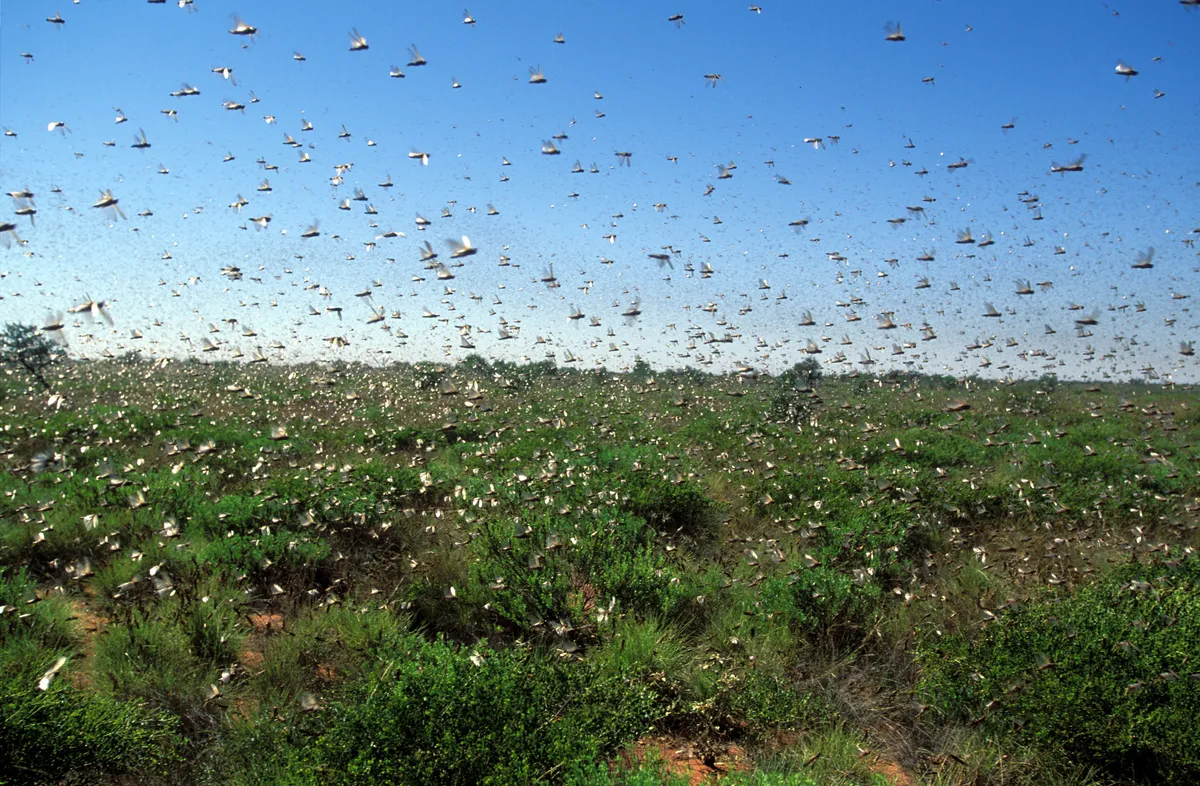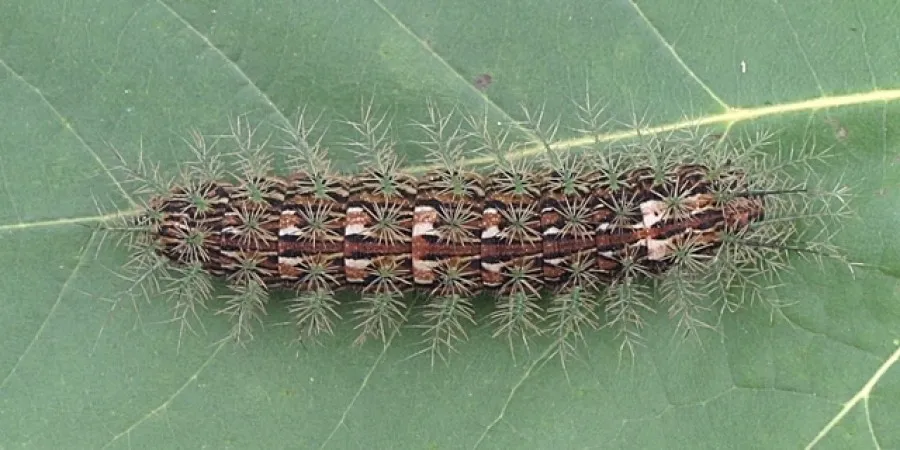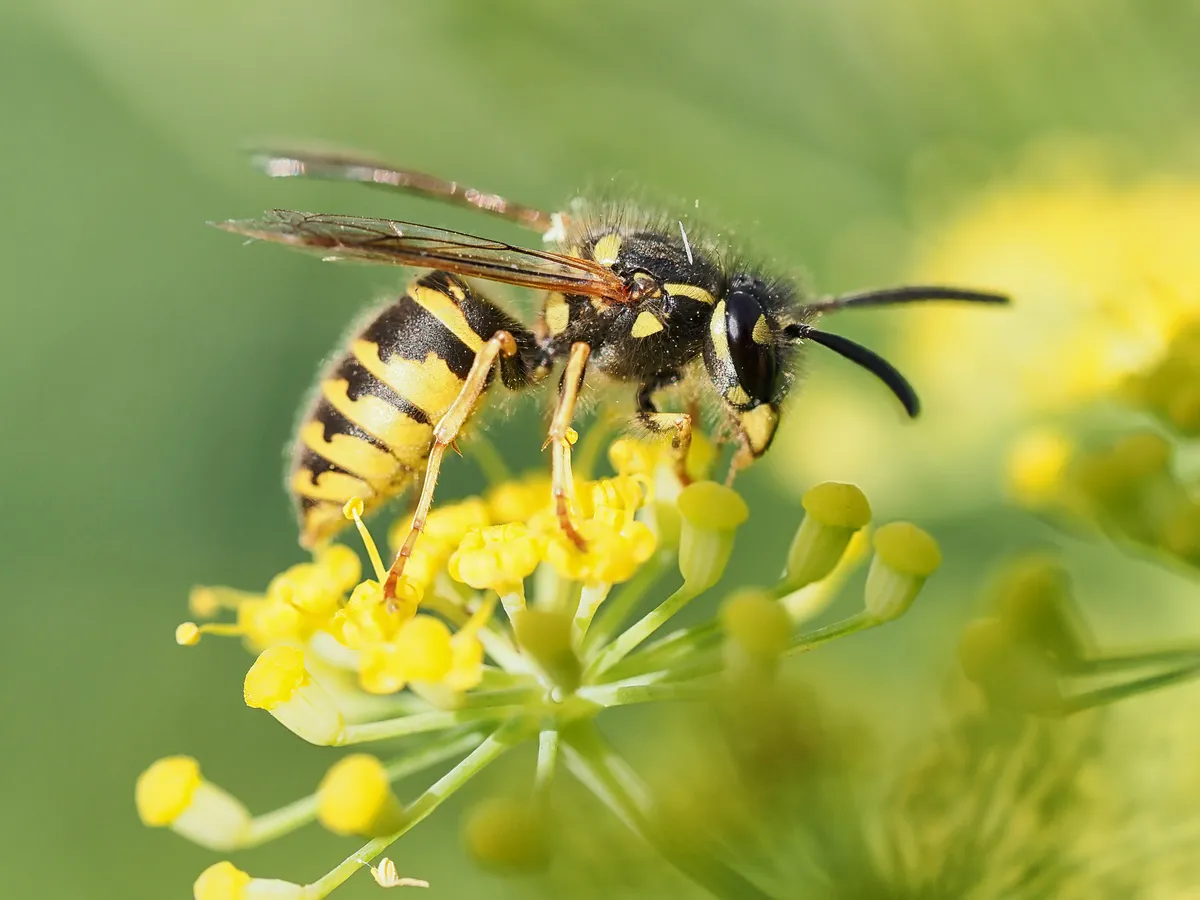Small but deadly! From disease spreaders to stingers to voracious swarms, read all about the world’s most deadly and dangerous insects.
 .
.There are plenty of contenders for the top 10 deadliest insects in the world. Forget great white sharks and grizzly bears, insects are actually the most dangerous group of animals in the world to humans.
This is in a large part due to their proficiency at carrying and spreading deadly diseases, from malaria to the black death.
Many species of insect feed on vertebrate blood, putting them in a prime position to carry nasty bacteria, viruses, and parasites from victim to victim, and often from animal to human.
This list of deadly insects will cover such disease carriers, as well as those that can kill through toxic stings and bites, and even by destroying our crops.
Insects have been implicated in major history-defining events, from devastating plagues to colonial expansions, and their effects have shaped our own human evolution. Size really can be deceptive.
Read on to find out more about the world’s deadliest insects.
10 deadliest insects
10 Blister beetles (Meloidae family)
Kicking off our list of deadliest insects, in 10th place, is the blister beetle. This has the potential to be deadly to humans, but in reality, is not, as you would have to eat quite a few of them.
What they are more likely to kill are horses, as they can get mixed up into the hay or alfalfa they eat.
Blister beetles secrete a toxin (and defensive agent) called cantharidin, which causes skin blistering in humans. It has however been used in the past as a folk medicine, thought to be effective against warts and even rabies, but most commonly as an aphrodisiac.
In the past, it has been a major ingredient in “love potions”. This was a risky business, however, as the toxin can still kill in high enough quantities. In the 1950s a man was imprisoned for the deaths of two women whom he had given cantharidin-laced candies to in order to seduce them.
9. Locusts (Acrididae family)

Locusts themselves are not particularly scary or dangerous, it is after all just a type of grasshopper, but their effects certainly can be. This is because in special circumstances they can gather in numbers of a biblical scale, moving across landscapes engulfing fields and devastating crops in a matter of minutes.
These swarming phases, which turn the normally solitary insect into a mass of millions, are triggered by a dry spell followed by rapid rainfall and vegetation growth. The drought forces them together onto the remaining areas of vegetation and the rainfall and subsequent abundance of food allows them to breed rapidly – creating a perfect storm. The major agricultural damage such swarms can cause can lead to famine and consequently many human fatalities.
8. Assassin caterpillar (Lonomia obliqua)

In eighth place is the fabulously named Assassin caterpillar. Although its name perhaps overstates the kill count of this caterpillar, it is responsible for a number of fatalities. The larval stage of the giant silkworm moth, this caterpillar is known as the world’s deadliest.
Its toxicity comes from its venom-injecting bristles that function as a defence mechanism against predators. The venom is stored in a sac at the base of each hollow bristle and when a bristle punctures the skin of a victim the venom flows through. The toxins have anti-coagulant properties, disrupting blood’s ability to clot properly. Symptoms include a burning sensation, vomiting, kidney failure, internal bleeding, and in rare cases, death.
7. Fire ants (Solenopsis genus)

Another group of insects that can cause human fatalities through anaphylaxis are the fearsome fire ants – . Members of the genus Solenopsis, which contains over 200 species, these stinging ants clamp down onto the skin of their victim and inject a powerful and painful venom, which some people are deathly allergic to. For most people, however, the worst you will experience is a burning sensation and raised pustules at the sting site.
6. Asian giant hornet (Vespa mandarinia)

Also alarmingly known as the “murder hornet”, the world’s biggest species of wasp has caused alarm in recent years, due to (thus far unfounded) fears that it could become an established invasive species in the UK and USA.
The reason for its brutal moniker is it’s perceived aggressiveness, and although it is true that they can be dangerous to humans -for the same reason that honeybees are- it is not people they are likely to murder, but bees.
These hornets feed on other insects and have an astonishing capacity to decimate whole hives of honeybees. They kill off the worker bees until the workforce is severely depleted and then enter the hive and take the larvae too.
It’s not to be confused with Asian hornets
5. Bees and wasps

Outside of disease carriers, there are actually very few insects that are dangerous, venomous, or poisonous enough to be fatal to humans. One group of deadly insects that are responsible for numerous fatalities however is Hymenoptera – the order that includes bees, wasps, and ants. If you are unlucky enough to be one of the small percentage of people that have have an anaphylactic allergic reaction, bee stings can in rare cases be fatal.

